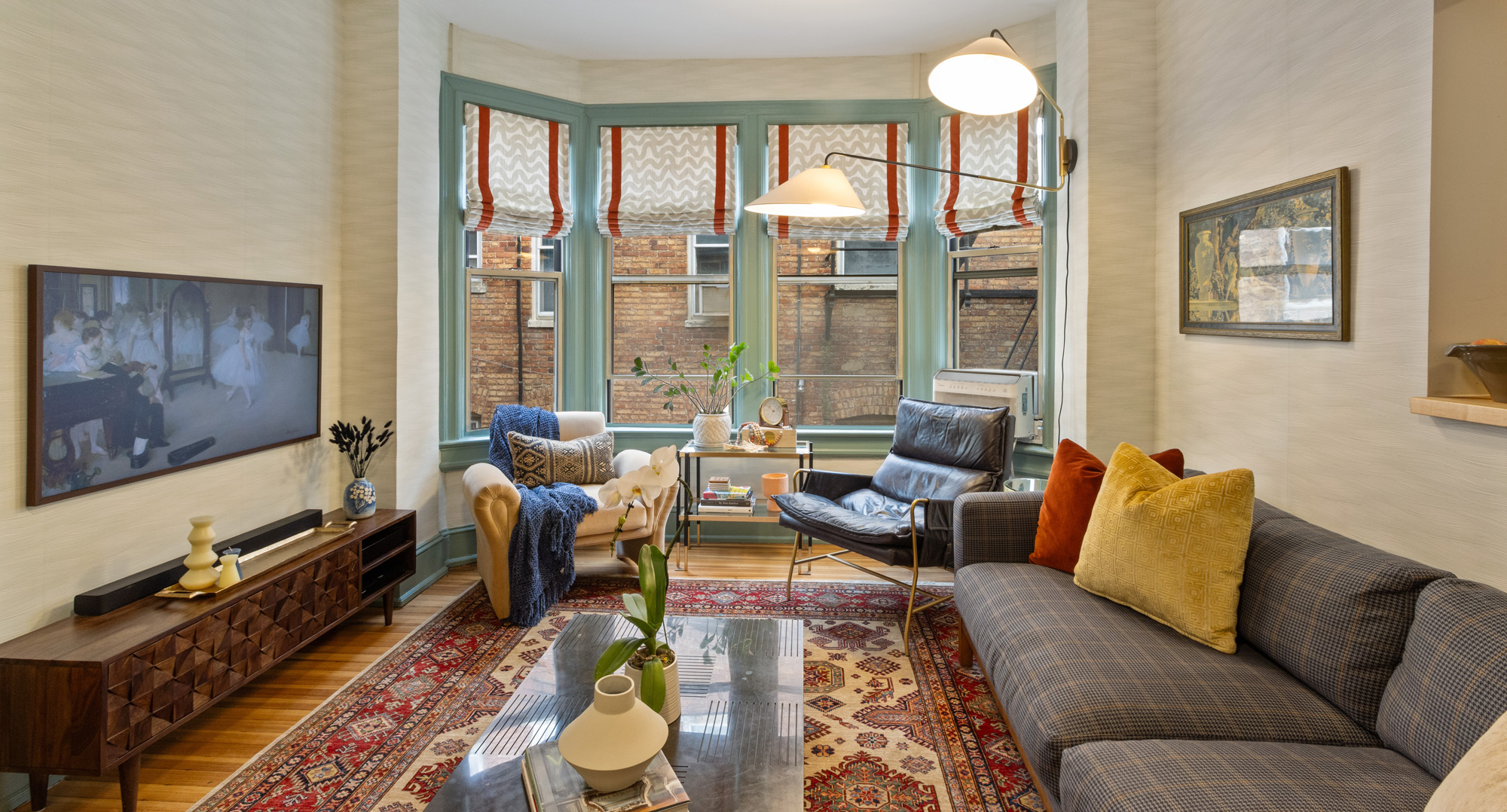Let’s be honest—decorating your home can feel a lot like assembling IKEA furniture without the manual. You’ve got the big stuff: the couch, the table, the plants you swear you’ll keep alive this time. But something still feels… off. The room isn’t quite “vibing,” and you can’t figure out why.
Enter: the humble rug. Yes, that unassuming rectangle of fabric isn’t just there to keep your toes cozy or to hide the mysterious stain you’re pretending not to notice. A rug is basically the unsung hero of interior design.
When it comes to designing your home, few elements can transform a space as subtly yet significantly as a well-chosen rug. Rugs are more than just soft ground coverings—they’re foundational elements that can tie a room together, define areas in an open-concept space, add warmth and texture, and express your personal style. Whether you’re starting fresh with a blank canvas or looking to refresh an existing room, incorporating rugs effectively is a key skill for any home decorator.
Here we’ll explore how to thoughtfully incorporate rugs into your interior design, from choosing the right size and style to layering and maintenance. Whether you’re going for modern minimalism, cozy bohemian, or classic elegance, there’s a perfect rug for your space.
The Power of Rugs in Interior Design
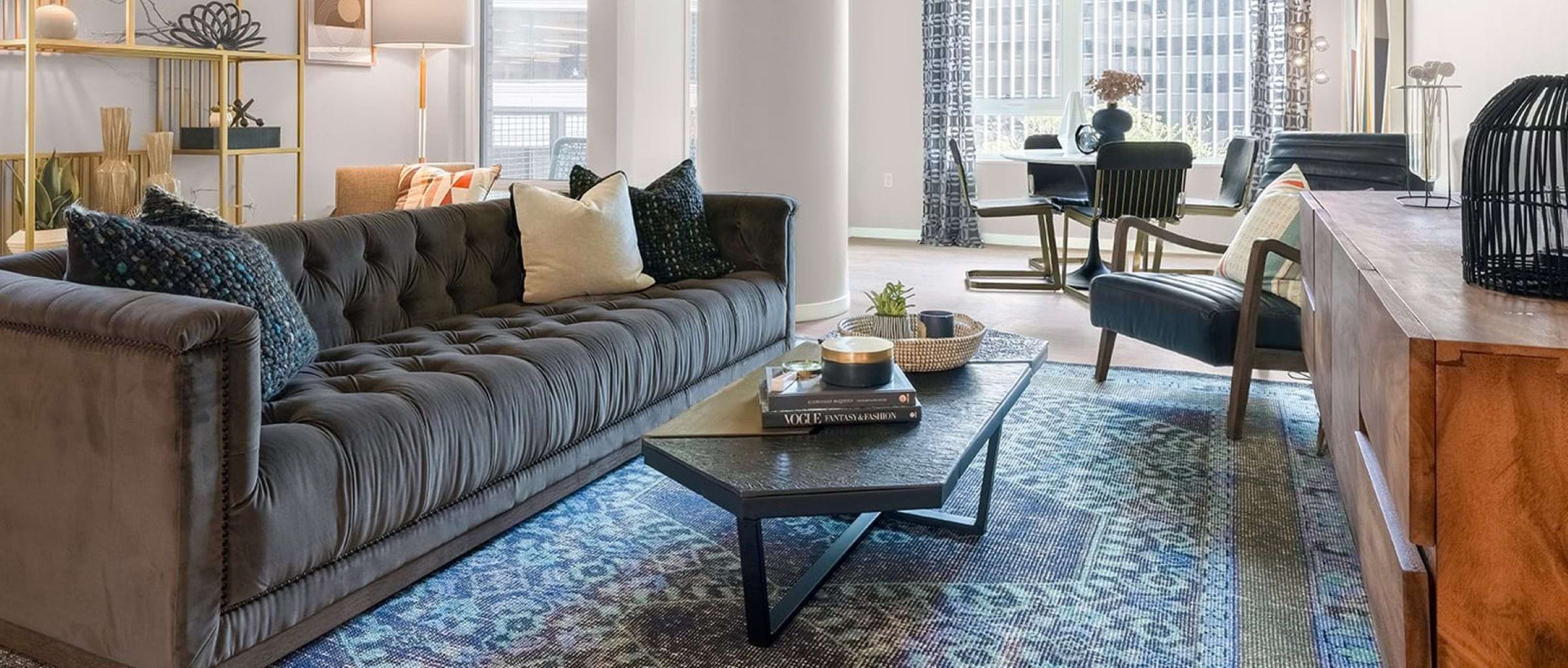
From the Hudson & Crane Design Gallery
Rugs can instantly change the feel of a room. They anchor furniture arrangements, soften hard floors, reduce noise, and introduce color, texture, and pattern. A rug can make a room feel more polished and cohesive, and even make a small space feel larger—or a large space feel more intimate.
Key functions of rugs in design include:
- Zoning: Especially in open-plan layouts, rugs help delineate different areas (e.g., living, dining, and working zones).
- Visual Weight: Rugs ground furniture, giving it a ‘home’ and preventing it from appearing as if it’s floating.
- Style Statement: From tribal and vintage to contemporary and abstract, rugs are a chance to inject personality into a space.
- Comfort: Soft underfoot and warm in cooler climates, rugs enhance the overall comfort of a room.
Choosing the Right Size Rug
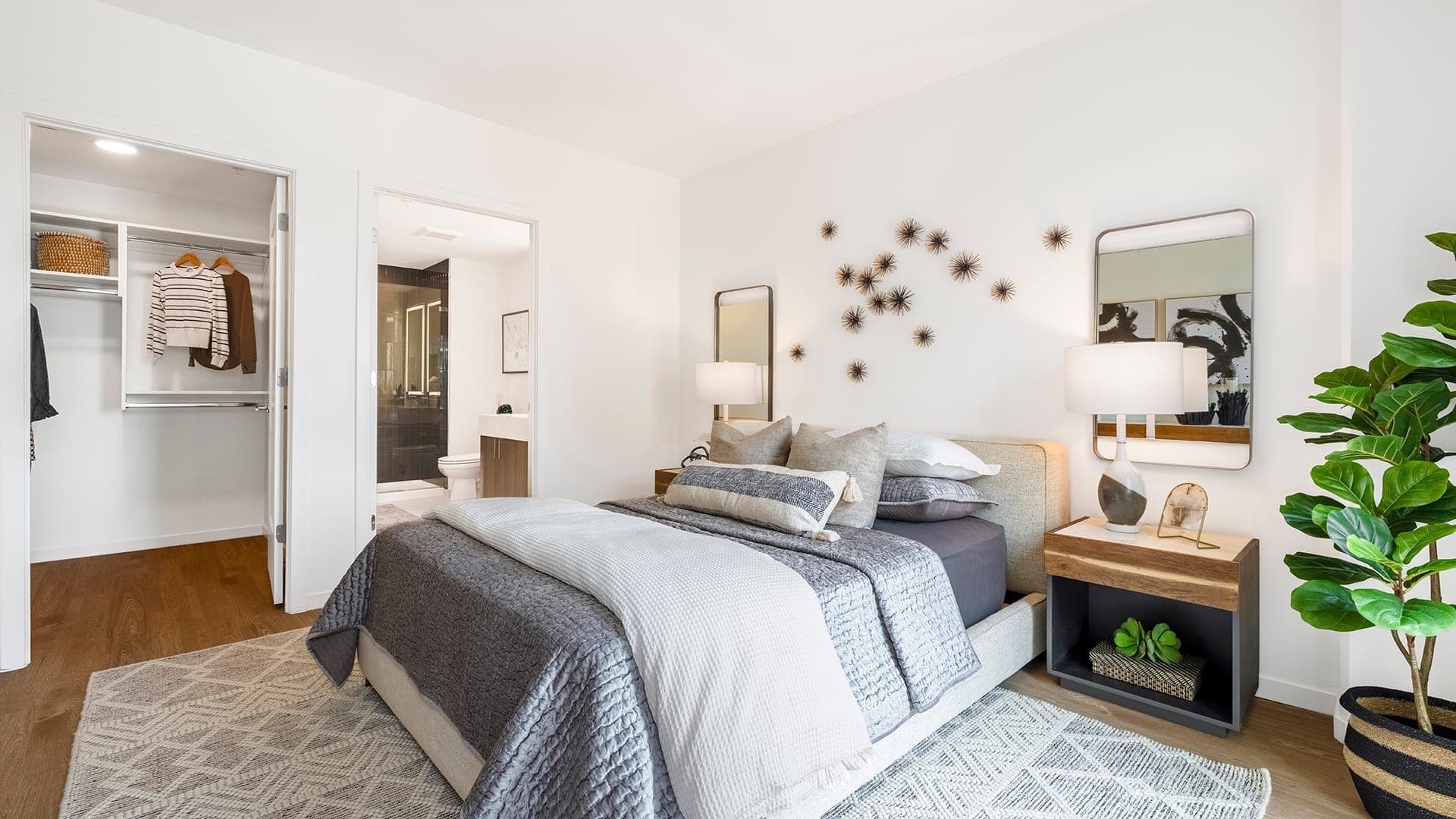
From the Hudson & Crane Design Gallery
One of the most common design mistakes is choosing a rug that’s too small. A rug that’s too tiny can make a space feel disjointed and awkward. When selecting a rug, consider the following guidelines:
- Living Room: The rug should be large enough to fit under all the front legs of your furniture (ideally under all four legs if possible). A common standard size is 8×10 feet or larger, depending on the room.
- Dining Room: Choose a rug that extends at least 24 inches beyond the table on all sides so chairs remain on the rug when pulled out.
- Bedroom: Ideally, a rug should extend 18–24 inches beyond the bed on each side. For smaller rooms, runners on either side of the bed can also work beautifully.
- Hallways and Entryways: Use runners or smaller accent rugs to create a welcoming path, but avoid placing them in spots where doors will catch.
Matching Rug Styles to Interior Themes
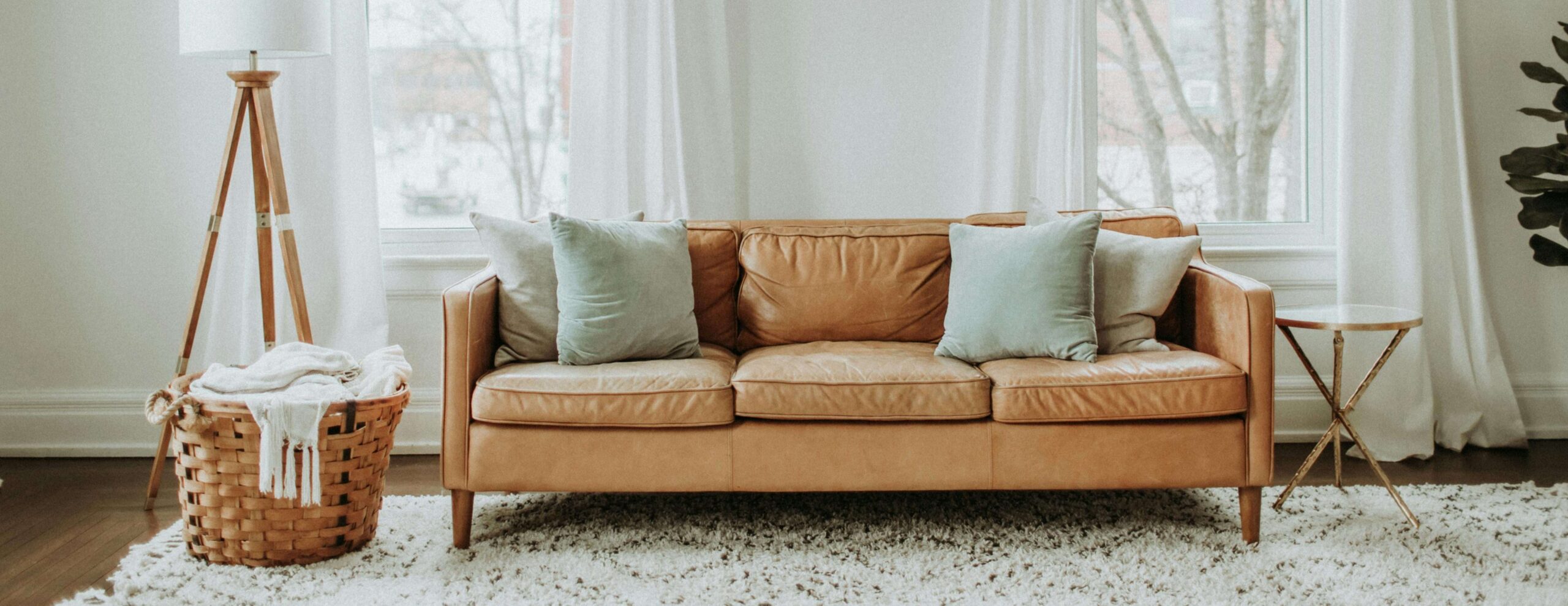
Just like furniture or wall art, your rug should reflect the mood and aesthetic you’re going for. Here’s how rugs work with different styles:
- Modern/Minimalist: Look for solid colors, geometric patterns, or subtle textures. Neutral tones like gray, white, or black are often used, but a bold-colored rug can act as a beautiful focal point.
- Bohemian: Layered rugs, global patterns, and natural materials like jute and wool are popular. Think Moroccan prints, kilims, or shaggy textures.
- Traditional: Oriental, Persian, or vintage-inspired rugs lend timeless elegance. These styles often feature rich colors, symmetrical designs, and a sense of history.
- Scandinavian: Stick to soft, muted palettes with simple patterns. Flat-weave or low-pile rugs in shades of ivory, beige, or pastel work well.
- Rustic/Farmhouse: Look for distressed finishes, braided or woven textures, and earth-toned hues. Natural fiber rugs like sisal or wool add warmth and charm.
Layering Rugs: Adding Depth and Interest

Layering rugs is a growing trend that can add texture, warmth, and visual interest to a room. The technique involves placing one rug on top of another—typically a larger, more neutral rug underneath (like jute or sisal) and a smaller, patterned or textured rug on top.
Why layer rugs?
- To define a smaller area within a larger room
- To add contrast or highlight a special piece (like a coffee table)
- To soften a bold rug with a neutral backdrop
- To create a cozier, more eclectic vibe
Experiment with different materials, pile heights, and shapes. For example, layer a cowhide rug over a large flat-weave, or a plush shag over a natural jute base.
Playing with Color and Pattern
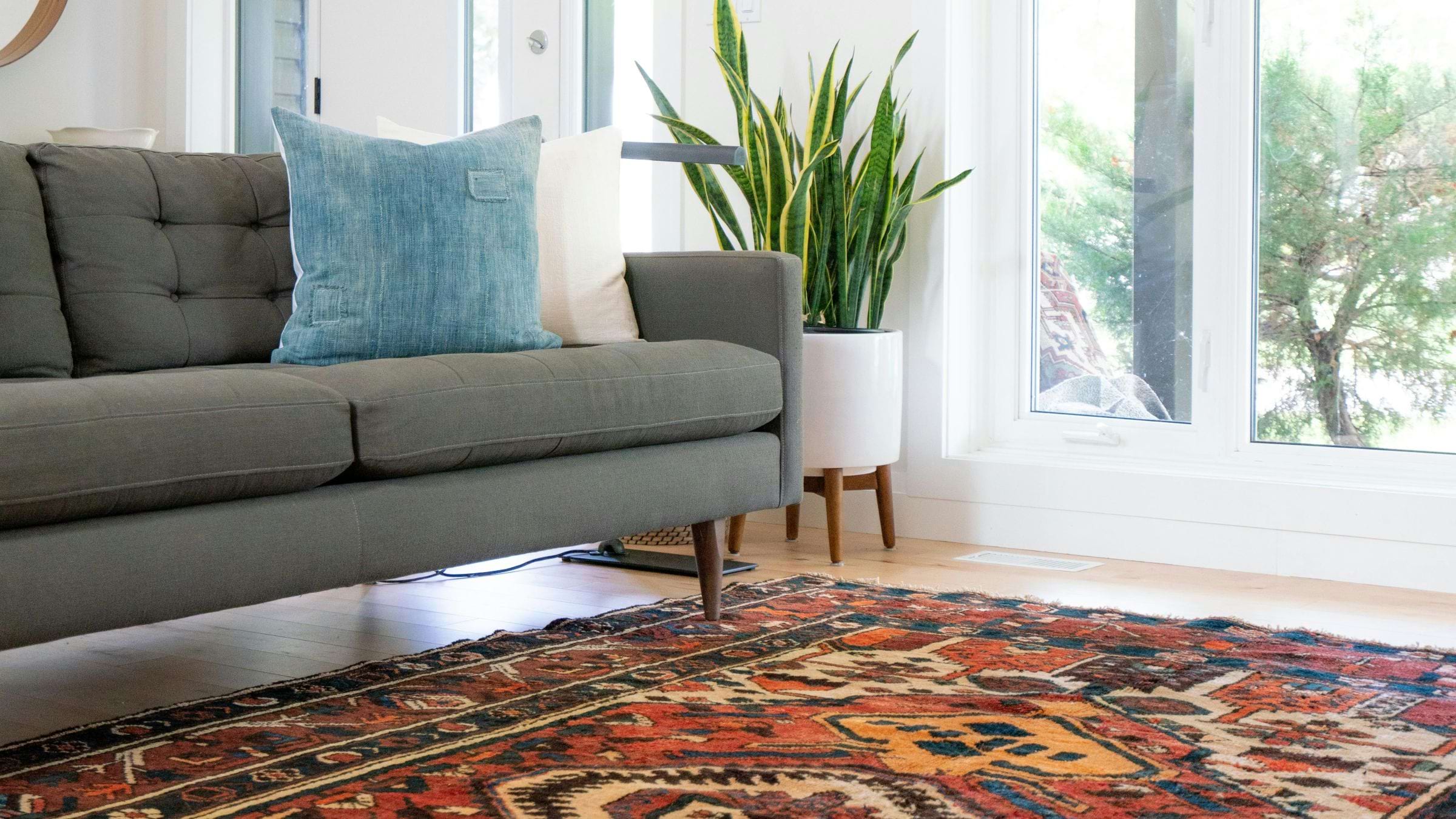
Rugs can be an excellent tool to bring in a pop of color or an interesting pattern, especially in neutral rooms. If your furniture and walls are simple, a bold rug can become the star of the show. On the other hand, if your space already has a lot of patterns or colors, opt for a more subdued rug to create balance.
Tips:
- Pull one or two colors from your rug into other elements in the room (throw pillows, curtains, artwork).
- If you’re layering rugs, combine different patterns and textures, but stay within a cohesive color palette.
- Don’t be afraid to use patterned rugs in small spaces—they can add dimension and interest without overwhelming the area.
Rug Materials Matter
The material of a rug affects its feel, durability, and ease of maintenance. Choosing the right material depends on your lifestyle, the function of the room, and the amount of foot traffic.
- Wool: Naturally stain-resistant, soft, and durable. Great for high-traffic areas.
- Cotton: Lightweight and often machine-washable, ideal for casual settings.
- Jute/Sisal: Natural fibers that add texture but are better for low-moisture, low-traffic areas.
- Silk: Luxurious and fine, but more delicate—best for low-traffic zones or layered with a sturdier rug.
Synthetic (e.g., polypropylene, nylon): Stain-resistant, affordable, and suitable for homes with kids or pets.
Consider how often you’re willing to clean your rug and what kind of wear and tear it will face. For example, a plush wool rug might not be the best choice for a muddy entryway or a playroom.
Placement and Layout Tips
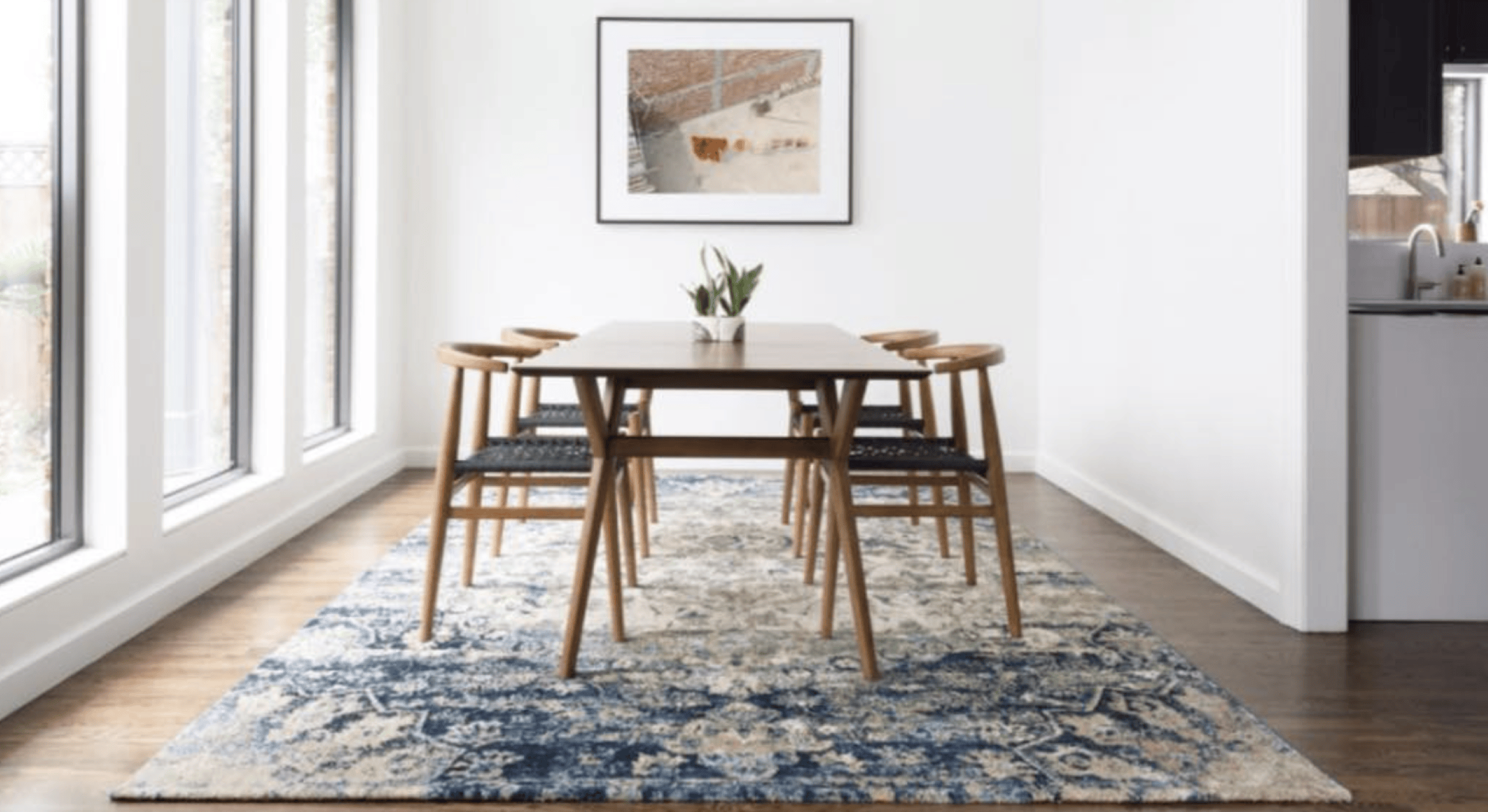 Featured by @HudsonandCrane on Instagram
Featured by @HudsonandCrane on Instagram
Proper rug placement can make or break a room’s flow. Here are a few layout basics to keep in mind:
- Floating a rug (with furniture surrounding but not touching it) often looks disconnected. Try to anchor at least the front legs of your furniture on the rug.
- In bedrooms, ensure the rug extends around the sides and foot of the bed for visual balance and comfort.
- In dining areas, make sure chairs remain on the rug even when pulled out.
- In hallways, center the rug and keep a few inches of floor visible on all sides to create a framed look.
Use rug pads to keep your rug in place, add extra cushioning, and protect your floors.
Maintenance and Longevity
To keep rugs looking fresh and vibrant:
- Vacuum regularly to remove dust and dirt.
- Rotate the rug every few months to even out wear and sunlight exposure.
- Spot clean spills immediately with a clean cloth and mild detergent.
- Professional cleaning once a year (especially for wool or silk rugs) can help extend the life of your rug.
- Use a rug pad underneath to protect both the rug and your floor.
If your rug starts to curl at the edges or fray, attend to it sooner rather than later—small fixes can prevent bigger issues down the road.
Rugs for Every Room
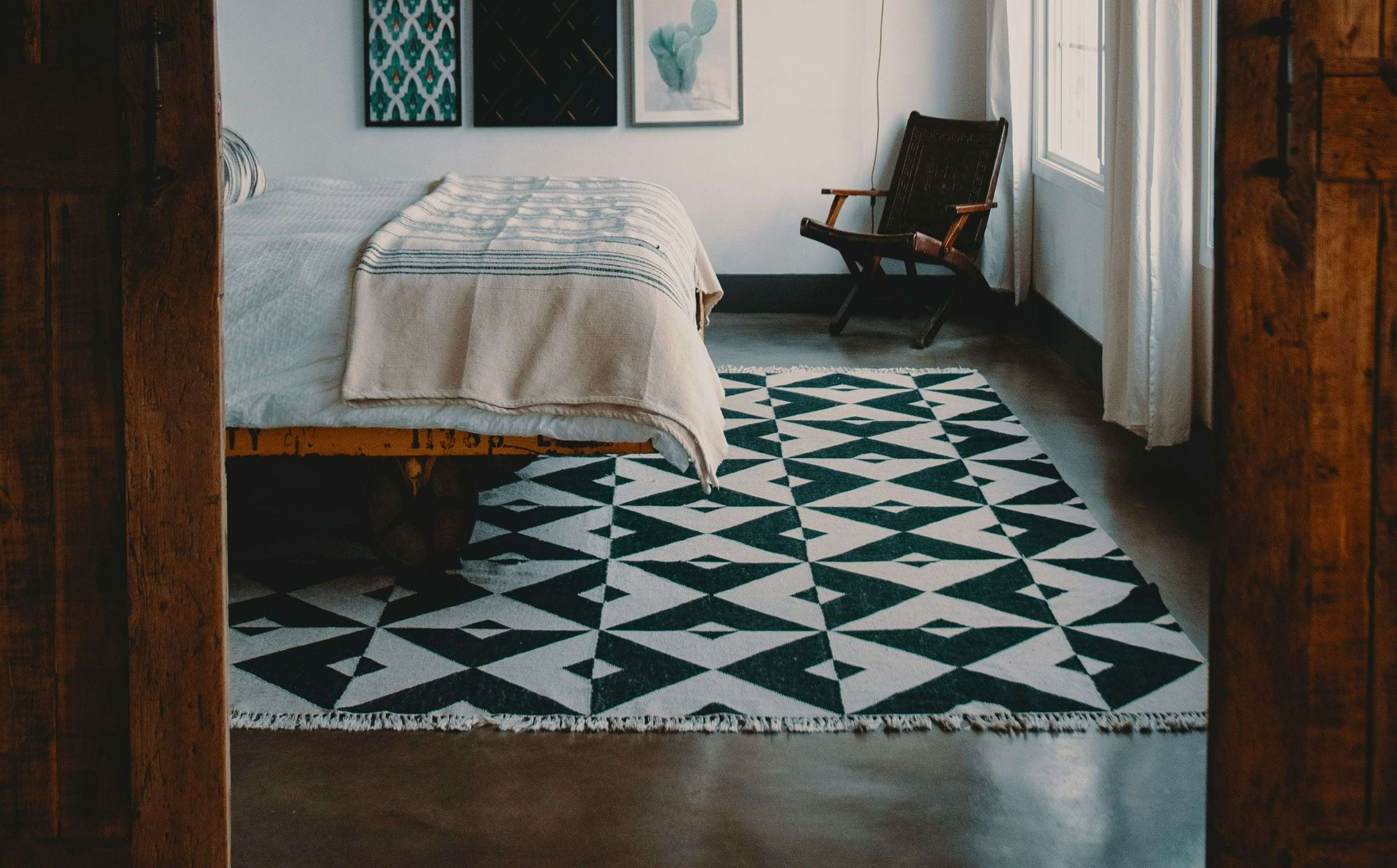
Don’t limit rugs to just living rooms and bedrooms. Every room in your home can benefit from the right rug:
- Kitchen: Use runners near the sink or stove for comfort and visual interest.
- Bathroom: Choose washable, non-slip rugs to add warmth and color.
- Entryway: Go for a durable, low-pile rug that can handle heavy foot traffic.
- Home Office: A plush rug under a desk adds a sense of luxury and dampens sound.
Rugs as an Interior Design Secret Weapon
Rugs are one of the most powerful tools in interior design, capable of transforming the look and feel of any space. With endless options in size, color, texture, and material, the right rug can elevate your room’s style, increase comfort, and make your space feel complete.
Whether you’re making a bold statement, grounding a space, or adding cozy layers, rugs are far more than just floor decor—they’re an integral part of your home’s story.
So, take your time, get creative, and let your rug set the tone for the room you dream of. Then reach out and start your journey with us.
Hudson & Crane is an interior designer in Washington, D.C. serving residential clients in D.C., Maryland, and Northern Virginia.
